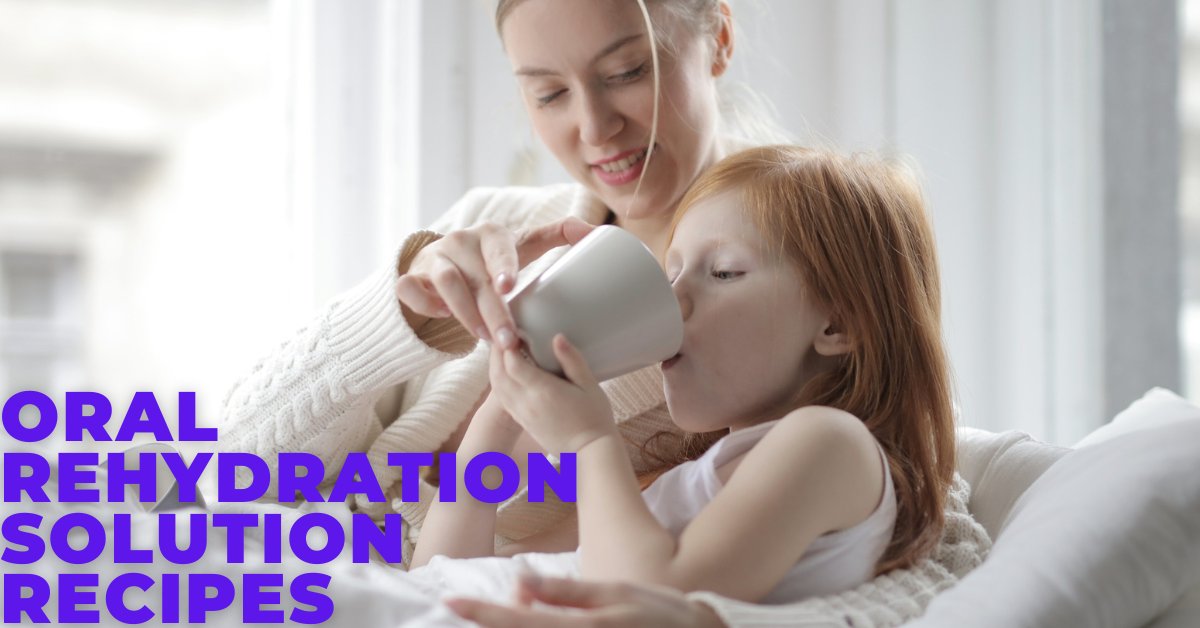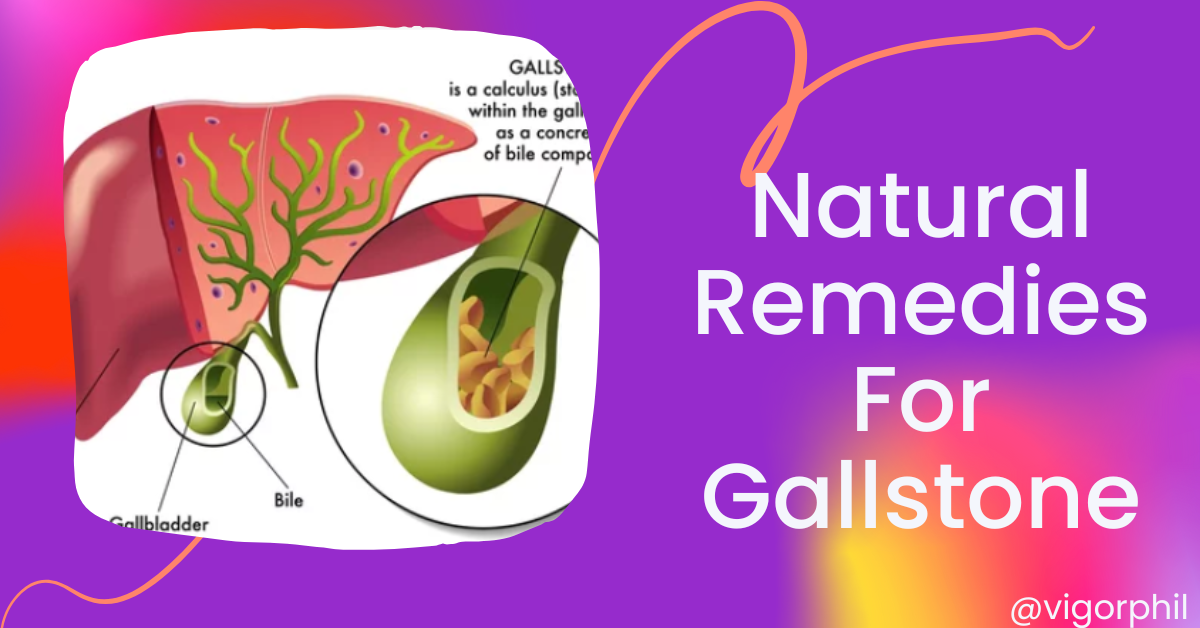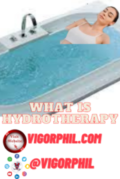what is contrast bath therapy
Contrast baths is a hydrotherapy that involves immersing a body region in cold and hot water alternately. Washcloths can be used to apply hot and cold water to body parts that are difficult to submerge in water. This therapy might be coupled with the use of a hot compress or a poultice.
The alternative immersion of body parts in hot and cold water causes blood vessels to constrict and dilate alternately, increasing blood flow, white blood cell activity, and the oxidation process to speed up healing. This treatment is based on the idea that by alternating between contraction and dilatation of the blood vessels caused by the administration of heat and cold, circulation is increased and waste disposal is accelerated.
contrast bath therapy benefits
The following health issues can benefit from contrast bath treatment:
- Migraine headaches
- Infections (treatment should be given 2-6 times per day to promote local defense against infection).
- Sprains, strains, and other types of injuries
- Impaired circulation, congestion, and indolent ulcers
- Osteoarthritis which is a kind of arthritis.
- Edema (swelling of a body part due to fluid retention)
Here are a few examples from Dr. Neil Nedley’s book Depression: The Way Out: For more than a century, mental illness has been treated on occasion using warm baths derived from natural hot springs or other sources. Prior to the 1950s, psychiatric hospitals across the United States and Europe commonly employed special showers, baths, wet sheet wraps, and other types of hydrotherapy. These procedures were utilized to treat not just depression, but also psychosis, agitation, sleeplessness, gastrointestinal disorders, and pain syndromes.
when not to use contrast bath
However, contrast bath therapy is risky if you have any of the following medical conditions:
- If you have numbness or blood vessel illness in your legs or feet, avoid using very hot or very cold water.
- After treating an open wound or sore, clean the equipment to prevent the spread of infection.
- Refrain from treating any place that has a propensity to bleed or hemorrhage.
- Finish the therapy with a hot water bath if a massage of the affected body area is to be performed after it.
Equipment Needed For Contrast Bath
- Pressure transducer
- Dress in a sheet or gown.
- thick towels
- A cold compress for the head or neck, as well as an ice pack for the heart, if necessary.
- Two containers large enough to thoroughly immerse the body part for the hot and cold water
- Tea kettle or hot water pitcher
- Another basin of cold water and two washcloths for a head cold compress
Important Factors to Consider
- If a large portion of the body is being treated, apply a cold compress to the head and neck (ice bag to heart if pulse goes over 80 BPM)
- Do not use temperatures higher than 115° F (46° C).
- Temperatures exceeding 103° F (39° C) should not be utilized in situations of leg and foot blood vessel disorders.
- Hot and cold extremes should not be utilized on people with ‘peripheral vascular disease’ (as opposed to varicose veins) or diabetes. Begin hot water immersion at a lower limit than tolerance and gradually increase the temperature during the application.
contrast bath instructions
- Treatment preparation
• Have the room warmed up and all equipment ready.
• Explain the procedure and help the patient prepare for therapy. - Therapy
• Instill faith in heavenly treatments by commencing each therapy with prayer.
• Start with a hot water bath. Begin with a gentler heat and gradually raise the heat as tolerated.
Transfer to the cold water bath for 1/2 to 1 minute after 3 to 4 minutes (or the required period).
• Maintain the appropriate temperature of the hot and cold baths during the therapy by adding hot or cold water as needed.
• If perspiration develops, apply a cool compress to the head.
• Make 5 to 7 adjustments per session. Treat one to four times each day. - Treatment Completion
· Thoroughly dry the treated body part after the previous change.
• If you sweat, dry your entire body, remove moist clothing, and dress in clean, dry clothes.
• After each treatment, rest for 30 to 60 minutes.
How give Contrast Bath for Localized Infections, Muscle and Joint Injuries
For the first 12 to 24 hours, treat acute muscle and joint injuries using ice or cold packs, rest, and elevation of the afflicted body area.
• Begin the contrast bath therapy with as hot water as you can stand.
• Switch between hot and cold water 5 to 7 times. Finish with a cold water bath.
• Perform the preceding therapy 2 to 4 times each day.
how to do Contrast Bath for Arthritis
Begin the treatment with warm water (3 to 5 minutes), followed by 1 minute of chilly water.
Increase the hot water temperature gradually while decreasing the cold water temperature as acceptable.
5 to 7 times, switch from hot to cold water. Finish with a hot water bath.
• Perform the preceding therapy 1 to 2 times each day.
Contrast Bath For Decreased Circulation (Blood Flow) to the Extremities
3 minutes of moderate heat followed by one minute of chilly water (no ice). To ensure that the hot water is not excessively hot, test it with your elbow.
• Switch between hot and cold water 5 to 7 times. Finish with a hot water bath.
• Perform the preceding therapy 1 to 2 times each day.
PHYSIOLOGICAL EFFECTS OF HOT WATER DURING CONTRAST BATH
- Improves blood flow
- Boosts the inflammatory response
- Edema output is increased.
- Increases bleeding
- Reduces muscular spasms and discomfort.
- Reduces arthritis stiffness
PHYSIOLOGICAL EFFECTS OF COLD WATER DURING CONTRAST BATH
- Reduces blood flow
- Reduces inflammatory response
- Reduces edema generation
- Reduces bleeding
- Reduces muscular spasms and discomfort
- aggravates arthritis stiffness
FAQ ON COTRAST BATH
How Does Contrast Bath Therapy Work?
The alternative immersion of body parts in hot and cold water causes blood vessels to constrict and dilate alternately, increasing blood flow, white blood cell activity, and the oxidation process to speed up healing. This treatment is based on the idea that by alternating between contraction and dilatation of the blood vessels caused by the administration of heat and cold, circulation is increased and waste disposal is accelerated.
What Is Contrast Bath Therapy?
Contrast baths include immersing a body region in cold and hot water alternately
How Long Should Contrast Bath Last?
Contrast bath may last between 15 to 20 minutes
Contrast Bath Temperatures?
The hot water should not exceed 115° F (46° C), and 103° F (39° C) should not be exceeded when treating individual with leg and foot blood vessel disorders.
How do you end a contrast bath?
Always end Contrast Bath with the cold water to close the p











